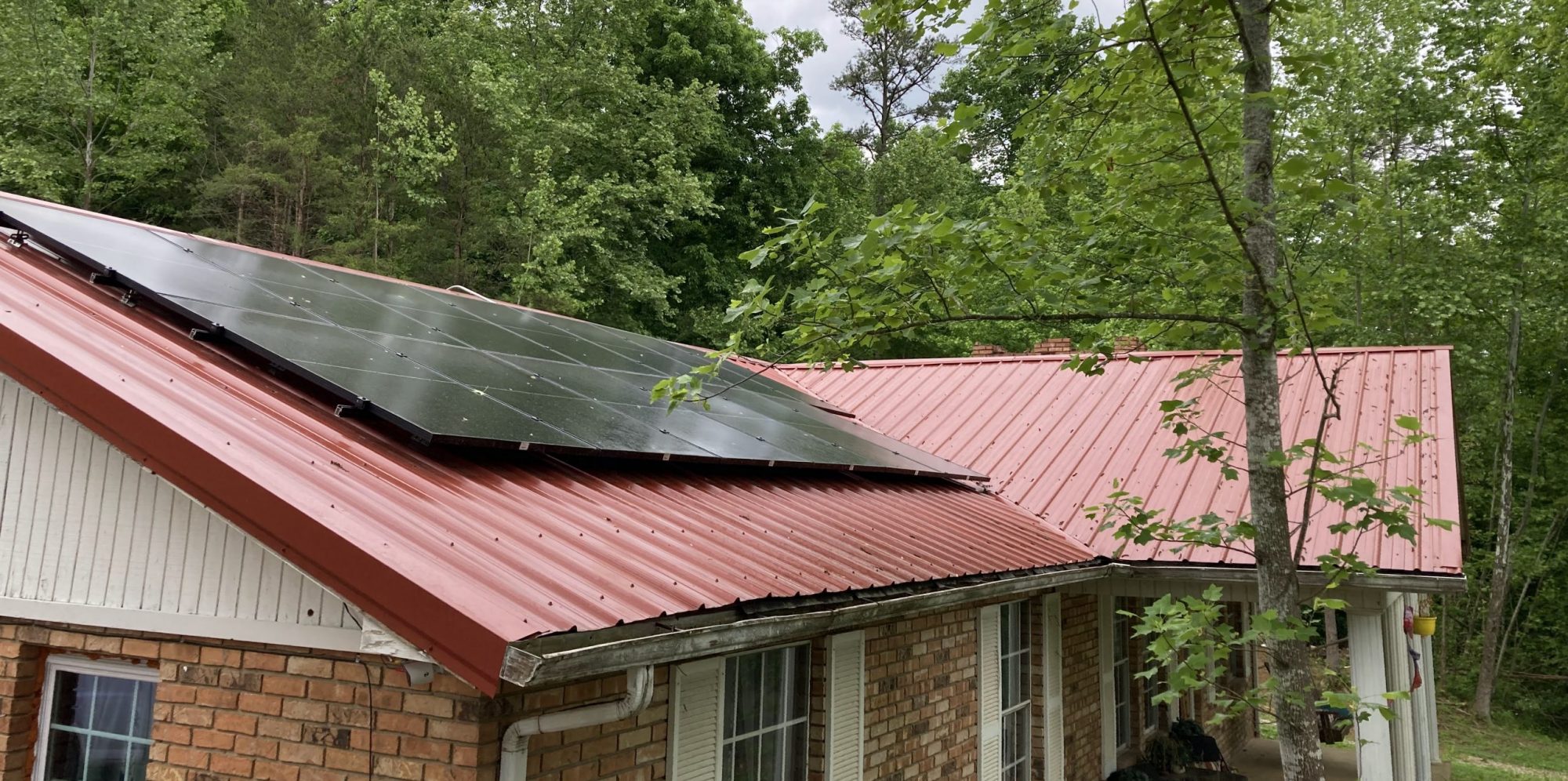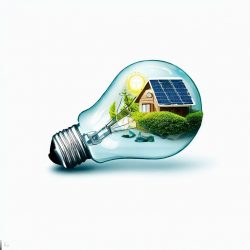Hello and welcome. Whether your motivation is to save the environment, live in a healthier home, save money, or simplify your daily existence, there are many easy, small steps you can take toward energy efficiency.
Solar energy is the most abundant energy resource on earth — 173,000 terawatts of solar energy strikes the Earth continuously. That’s more than 10,000 times the world’s total energy!
Ready to go Solar? Great news!, We can help, With every solar installation we include:
1) Initial Energy Audit of your home, that provides you with valuable information about No-cost operational or maintenance adjustments that will save energy, Short-term, low-cost energy efficiency retrofit recommendations, as well as Comfort and code issues that can be addressed quickly and maximize your home energy efficiency.
2) Site Evaluation
During the site evaluation your home is inspected, taking into account your energy needs and your home current condition. We inspect your home and tailor your system to the right size and location to maximize your Invesment.
3) System Design Approval
At this point, results of the site evaluation have come back and any changes needed are now to be approved. If there were changes from the original design, the homeowner may now review those changes and give feedback, or approve the final design before it’s sent for permit approval. Not only the aesthetics of the design are checked, but also the electrical work and system production
4) Permit Approval
Permit approval is necessary so everyone installing a solar system is in accordance with safety codes (fire, electrical, and structural). The installer will send permitting documents, such as the design approved in the previous stage, to the city to be approved. There are fees attached to permit applications which vary based on city and state, however there are restrictions on how much the city can charge, for most states it will be under $500. At myenergysavernow.com, all permitting fees are already included in the total system cost.
5) Installation
Installation just takes a few days, usually one to two. You don’t necessarily even need to be home during installation. This is when you let the professionals do their job and you can sit back and relax. Note that your power will likely need to be turned off for a few hours.
6) Final City Inspection
Once the installation is complete, the city inspector comes out to make sure that everything has been done in alignment with the scope of work that was permitted.
7) Utility Connection
The final step in turning your solar system on is for the utility company to approve the system for connection to their grid. The homeowner/installer applies for utility connection showing the contract and scope of work that has been installed. The utility representative will inspect the project to make sure it is in accordance with the utilities guidelines. They may also upgrade the meter if needed for Net-Metering. The fee for this inspection and application for some utilities is zero and others can be a couple hundred, this cost is built into the contract price for turnkey installations. After getting approval or Permission to Operate (PTO), the homeowner may turn on their system and begin producing their own energy!
This several step process has been created to regulate the solar industry and keep individuals as well as utility companies safe. Installing solar is an exciting process that not only improves your own home and provides grid-independence but also contributes to creating a more sustainable environment.
If you are interested in looking at your options for installing solar you can sign up and schedule a solar consultation to begin the design process. Call us at 636-465-2466 and we can start your free quote. With the help of a dedicated Energy Advisor, you’ll be presented with competitive bids and given guidance through the process.

